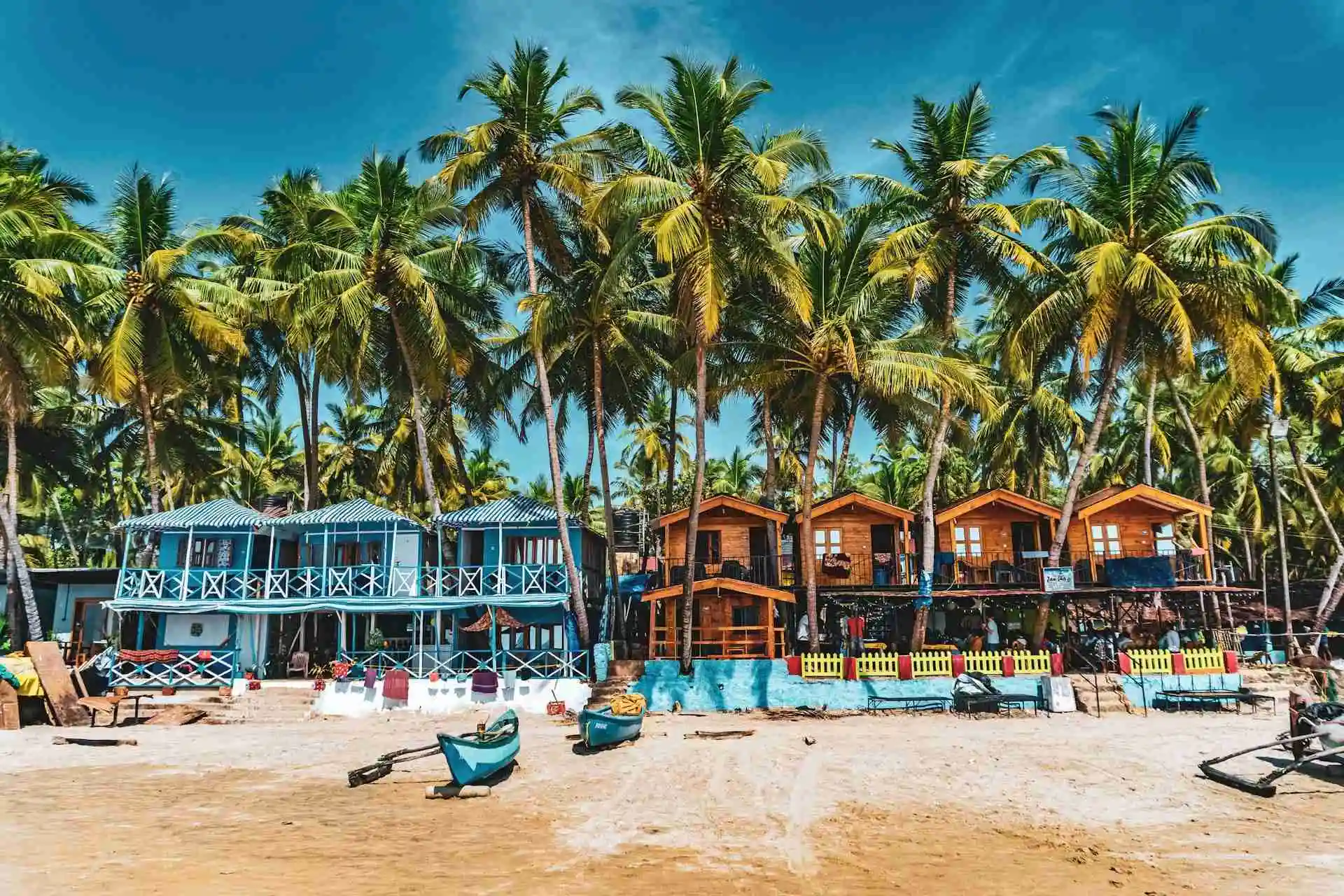🌟 Cultural and Geographic Description
- Geography: Goa spans over 3,700 square kilometers and is bordered by Maharashtra to the north, Karnataka to the east and south, and the Arabian Sea to the west. Its landscape features lush greenery, beautiful beaches, and the scenic Western Ghats.
- Language: The official language is Konkani, but English, Marathi, Hindi, and Portuguese (among older generations) are also spoken.
- Religion: A mix of Hinduism, Christianity, and Islam, reflecting its diverse heritage.
- Festivals:
- Carnival – A vibrant festival influenced by Portuguese traditions.
- Shigmo – A traditional Hindu spring festival.
- Christmas and Easter – Celebrated with grandeur in Goa's many churches.
- Cuisine: Known for its seafood and spicy flavors, Goan cuisine blends Indian and Portuguese influences. Signature dishes include Goan Fish Curry, Vindaloo, and Bebinca (a layered dessert).
- Tourism Highlights:
- Beaches like Baga, Anjuna, and Palolem.
- Historical forts such as Aguada Fort and Chapora Fort.
- Nature spots like Dudhsagar Waterfalls and Salim Ali Bird Sanctuary.
🏖️ Modern-Day Goa
Today, Goa is a popular tourist destination known for its laid-back vibe, music festivals like Sunburn, yoga retreats, and bustling flea markets. Despite modernization, it has preserved its rich cultural heritage, making it a unique blend of the old and new.
🌴 Introduction to Goa
Goa, located on the western coast of India, is the smallest state by area but one of the richest in terms of culture, history, and natural beauty. Known for its stunning beaches, vibrant nightlife, Portuguese heritage, and spiritual retreats, Goa is a melting pot of Indian and European influences. It attracts millions of tourists every year who come for its scenic landscapes, historic sites, and lively festivals.
📜 Historical Timeline of Goa
1. Ancient Period
- Goa's history dates back to prehistoric times, with archaeological findings suggesting human habitation during the Paleolithic era.
- It was known as Gomantak in ancient Sanskrit texts and was ruled by various Hindu dynasties, including the Mauryas and the Satavahanas.
2. Medieval Period
- From the 6th to the 14th century, Goa was ruled by the Chalukyas, Rashtrakutas, Kadambas, and later the Delhi Sultanate.
- The region prospered as a trade hub due to its strategic location along the Arabian Sea.
3. Portuguese Rule (1510–1961)
- In 1510, Portuguese explorer Afonso de Albuquerque captured Goa from the Sultan of Bijapur, marking the start of 451 years of Portuguese colonial rule.
- Goa became the capital of Portuguese India and an important trade center for spices.
- Historic churches such as Basilica of Bom Jesus and Sé Cathedral still stand as UNESCO World Heritage Sites.
4. Struggle for Liberation
- The Indian freedom struggle influenced Goans as well, with protests and movements pushing for independence from Portuguese rule.
- On December 19, 1961, India conducted Operation Vijay and annexed Goa, Daman, and Diu, officially making Goa a part of India.
5. Post-Liberation and Statehood
- Goa was initially a Union Territory along with Daman and Diu.
- It achieved statehood on May 30, 1987, becoming the 25th state of India.
